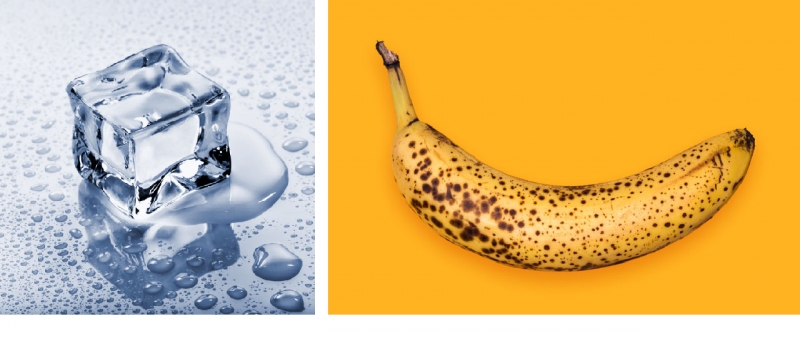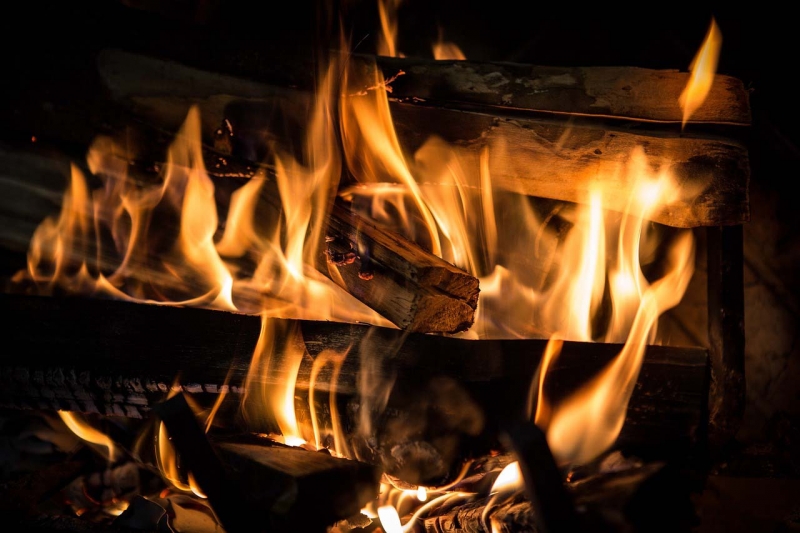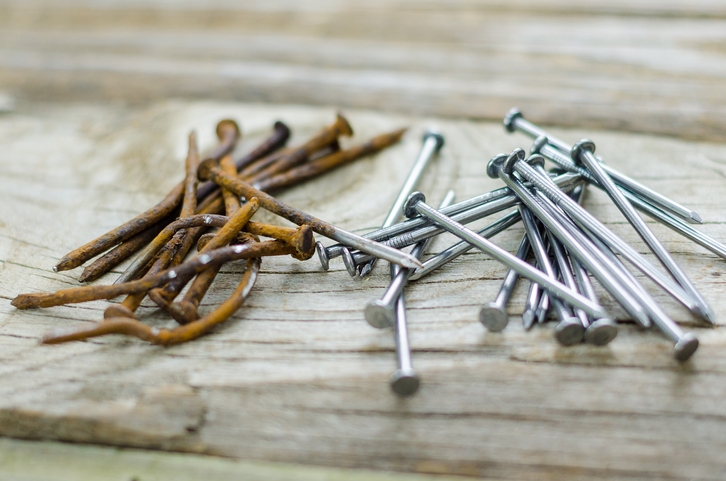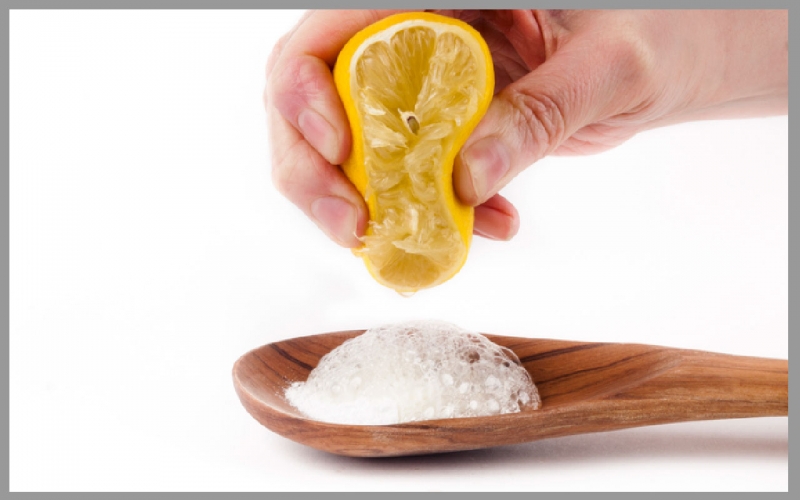Evidence of Chemical Change
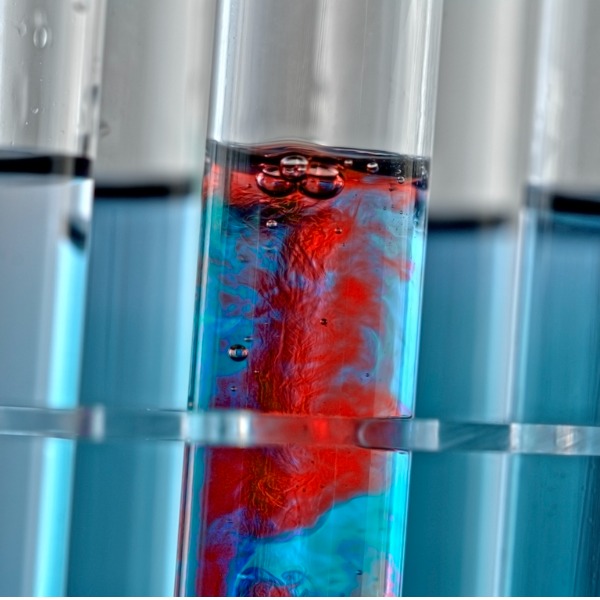
Test tubes with colourful liquids (simonkr, iStockphoto)

Test tubes with colourful liquids (simonkr, iStockphoto)
How does this align with my curriculum?
Learn how to tell if a chemical reaction has taken place.
Every day, matter undergoes changes. These changes can be classified as either physical changes or chemical changes.
Physical changes can almost always be reversed. For example, when liquid water freezes and forms ice, you still have water. It is just in a different state. If you dissolve sugar in a glass of water, you can evaporate the water to get back to the solid sugar. This is a special kind of physical change called a phase change. A phase change is a change in state or form in which no new substance forms.
Our world is also full of chemical changes that take place every day. They help us stay warm, feed ourselves, drive cars and play games on our smartphones. Everything you see around you is either undergoing or has undergone chemical change. This includes inside of you!
A chemical change, or chemical reaction, is a process by which one or more substances are changed into others through chemical means. This may involve a substance joining together with another substance. It may also involve a substance breaking apart into different substances. A chemical change is a change in which at least one new substance forms.
Conservation of Mass
When a chemical or physical change happens, you can observe different types of things. One thing that will always stay constant is mass. This means that the total mass of what you begin with will equal what you end up with. This is easiest to measure in a closed system in which no matter can escape.
For instance, let’s take a common combustion reaction such as burning a wood log. To prove the conservation of mass, you could measure the mass of the log before you burned it. After it has been burned, you could measure the mass of the ashes. But the mass of the ashes would be much lower than the mass of the log. So where did the rest of the mass go? It went into the air! Carbon dioxide gas and water vapour are products of combustion reactions. If you collected and measured the gases produced as the log burned, then you would find the missing mass. Antoine Lavoisier did exactly this to prove his point! We now call this idea the Law of the Conservation of Mass.
"Nothing is lost, nothing is created, everything is transformed".
Antoine Lavoisier (1789)
Other scientists had experimented and proven this law before Lavoisier, but Lavoisier usually gets the credit for it because he published it in what is considered the first chemistry book. This book encouraged a shift from alchemy to modern chemistry. What made his work different was that he used math to describe what happened when mixing elements. His work spotlighted the need to measure and count. We can see this math in action when we balance chemical equations.
How to Tell When a Chemical Reaction May Have Occurred
We can observe many different things when a chemical reaction takes place. We might observe a change in temperature, the emission of light, a change in colour, a release of gas, or a change in the amount of reactants or products. All of these observations are useful when determining whether a chemical reaction has happened.
Heat or Light
Many reactions involve a transfer of energy. In some cases the energy may be felt as heat energy or seen as light energy. Often, both light and heat can be observed at the same time!
When a reaction gives off heat, we call this an exothermic reaction. This means that heat is transferred from the reactants to the external environment. When the opposite occurs and a chemical reaction absorbs heat from its environment, it feels cold. We call this an endothermic reaction. The emission of light from a very hot substance is called incandescence.
Many chemical reactions give off light and/or heat. A familiar example of a chemical reaction that gives off both heat and light is the combustion of propane in a gas stove or BBQs.
Sometimes light is given off without the temperature being high. We call this luminescence. A good example of this happens when you bend a glowstick. The bending allows two chemicals inside to react and give off light. When the light is as a result of an inorganic chemical reaction, we call it chemiluminescence. When a living organism uses chemicals in its body to emit light, we call it bioluminescence.
Colour Change
A change in colour is another sign that a chemical reaction has occurred. A good example of this is when something rusts. Pure iron is naturally silver in colour. We don’t usually observe it this way on Earth because it reacts easily with the oxygen in the air.
The balanced chemical equation of this reaction is:
4Fe + 3O2 + 6H2O → 4Fe(OH)3
As you may already know, rust is a reddish colour. It is responsible for the beautiful colours we see in the Grand Canyon, and the colour of the soil on Mars.
Another impressive colour change reaction is that of potassium permanganate and sugar (glucose). In this reaction, the colour changes as more reactants are turned into products! But no need for lab chemicals to see this for yourself. Try this activity to see this at home!
Release of Gas
Sometimes a chemical reaction produces a gas as one of its products. When this happens, we can observe bubbles or fumes.
An example of a chemical reaction that produces a gas is the reaction between baking soda and lemon juice (citric acid). If you mix baking soda with lemon juice (or vinegar), both substances quickly react to form bubbles. The bubbles are made of carbon dioxide gas (CO2(g)). Carbon dioxide bubbles are also responsible for the fizz you see in soft drinks. The burning of paper or wood (a type of combustion reaction) also produces carbon dioxide gas as well as water vapour.
Misconception Alert!
Be careful to not confuse a phase change with a gas formation. Water vapor formed when heating water is not evidence of a chemical change!
In some chemical reactions, the gas produced can be highly toxic. This can happen at home if certain cleaning products are mixed together. Breathing the gas created from mixing some cleaning products can even result in death. This is why you should never use two different cleaning products together - ever!
Precipitate Formation
Sometimes when two solutions undergo a chemical reaction, one of the new products formed from the reaction is not soluble. This means that it is not able to dissolve in the new solution. Instead, we can observe a solid that is distinct and separate from the solution. We call this solid a precipitate. You have probably heard the word “precipitation”, but maybe not when talking about chemistry. We also use the word precipitation to refer to the types of water that fall from the sky. The solid in a precipitation reaction also often falls, or sinks, to the bottom of the solution. Precipitation reactions are all double replacement reactions.
The video below shows many examples of a formation of a precipitate, including ones in which colourless solutions form colourful solid products. Who knew that chemistry could be so beautiful!
Learn More
Explore the optimal environmental conditions for human life. How do you think your classroom conditions compare to those on the International Space Station? Free project for grades 6-9 students.
Law of Conservation of Mass experiment (2014)
This video (6:21 min.) by Zoe Friedland shows a young person demonstrating the conservation of mass using the vinegar and baking soda experiment.
Chemical Changes Versus Physical Changes
The Chem4Kids website has a section which explains the difference between physical changes and chemical changes.
Physical and Chemical Changes in the Kitchen
This article from Let’s Talk Science looks at the chemical and physical changes that happen when we cook and bake.
How do we know a chemical reaction has taken place?
This page offers exercises for students who want to validate their understanding of chemical and physical changes.
Can Mixing Cleaning Chemicals Kill You? (2019)
This video (5:19 min.) by Reactions explains how mixing cleaning products can emit toxic gases.
How Does Bioluminescence Work? (2017)
This video (5:15 min.) by It's Okay To Be Smart explains how living organisms can produce light.
Chemical Precipitation Reactions are Beautiful Chemistry!
This video from the Science Pirate presents different precipitation reactions.
References
Evidence of a Chemical Reaction. (2021, February 9). Retrieved from https://chem.libretexts.org/@go/page/47498
